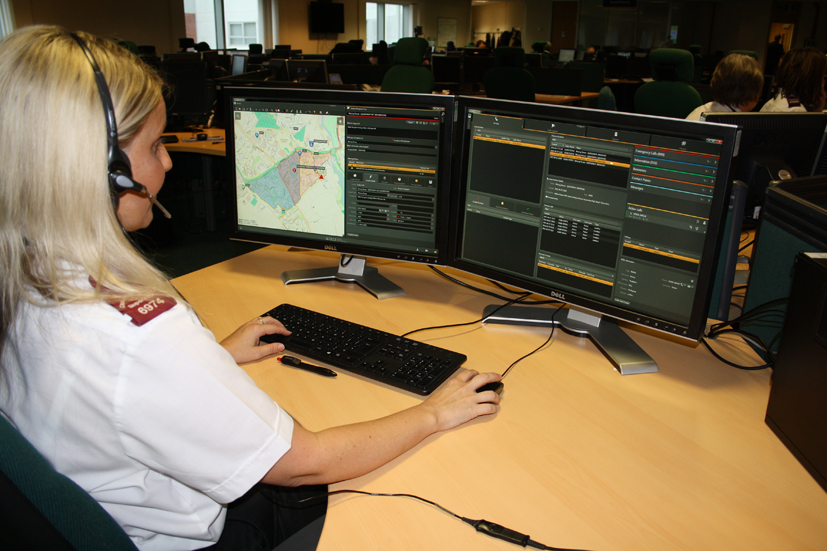Mismatch concerns over new ID card biometrics
The Government has underestimated the probable failure rate of the ID card scheme, according to a biometrics expert who reviewed the system.

The Government has underestimated the probable failure rate of the ID card scheme, according to a biometrics expert who reviewed the system.
The new credit card-sized ID card will contain a secure electronic chip which will hold biometric details, including fingerprints and a digital facial image.
Home Secretary Jacqui Smith said the ID cards will help protect against identity fraud and reduce the use of multiple identities in organised crime and terrorism by checking biometric details against the National Identity Register.
However, academic John Daugman, a former member of the Biometrics Assurance Group (BAG) which reviewed the scheme, said its reliance on fingerprints and facial photos to verify a persons identity will cause the system to collapse under the weight of mismatched identifications.
Speaking to the technology news website silicon.com, Mr Daugman, an expert on iris recognition, said fingerprints and facial photos are not distinctive enough for telling the UKs 45-million-strong adult population apart.
Mr Daugman said that, even if the error rate was as low as one in a million, the 10 to the power of 15 comparisons needed to verify the indentities of 45 million people would result in one billion false matches.
He told silicon.com: The use of fingerprints will cause deduplication to drown in false matches.
The Government was badly advised by its internal scientists in the Home Office when it took the decision to base the biometric system on fingerprints instead of iris patterns. Only iris patterns have enough randomness and distinctiveness to survive so many comparisons without making false matches.
However, a spokesman for the Identity and Passport Service told silicon.com that unexpected matches reported by an automated fingerprint system would be checked by expert human-fingerprint examiners.
He said that the level of false matches for current, large-scale, automated fingerprint systems was sufficiently small that it was entirely practical to use human examiners to resolve them.




